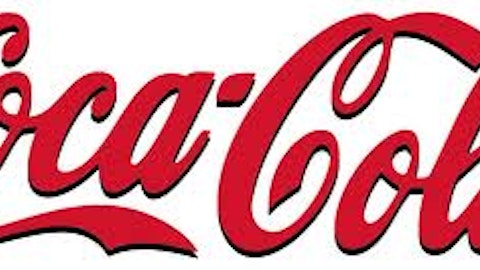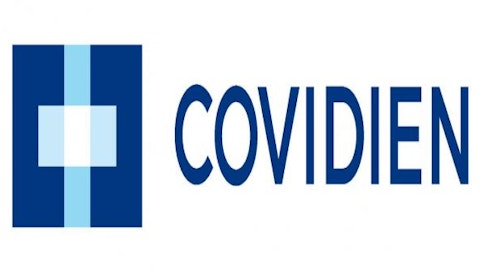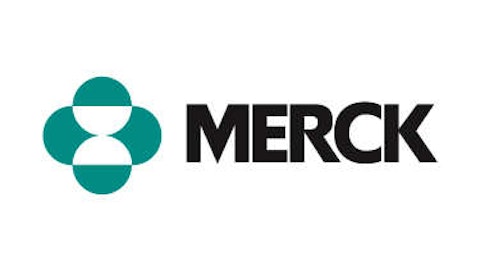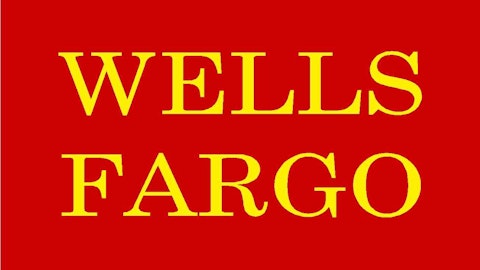The Procter & Gamble Company (NYSE:PG) started off the year on a positive note and rose by 12.2%. The company didn’t have an easy year but after making many tough decisions in 2012, its outlook has improved. Will this leading consumer product company be able to keep growing in 2013? How is this company performing compared to other leading consumer product companies?
Little Growth, Stable Profitability
Based on the company’s recent financial reports, as of the fourth quarter, among the company’sfive segments, grooming had the highest profit margin at 24.4%. But this segment contracted by 4% in the recent quarter compared to Q4 2011. Moreover, the segment accounts for only 10% of the company’s net revenue, which puts grooming the smallest segment of the five. The sharpest gain was in Baby Care and Family Care segment with a 4% growth in revenue. This segment, however, has the lowest profitability of the five segments at 14.1%. If this trend will continue, this could lead to a drop in profitability in the coming months. The net profit margin of all five segments was 18.4% in the fourth quarter and the revenue growth was only 2% (year-over-year).

In terms of revenues growth, The Procter & Gamble Company (NYSE:PG) is also in the middle of the pack with only a 3% growth in 2012 compared to 2011. Most of this growth was due to the company’s rise in prices of products by an average of 4%. The total volume of sales remained unchanged during the year. In my opinion, of the two, a rise in volume would have been better as it would have shown growth in demand for the company’s products. The silver lining is that despite the rise in prices, the volume sold wasn’tadversely affected by it.
Unilever N.V. (ADR) (NYSE:UN) recorded a growth rate of 10% in revenues, and Colgate-Palmolive Company (NYSE:CL)’s revenues grew by only 2%. Thus, P&G doesn’t lead other consumer product companies in terms of growth in revenues or profitability. Even though The Procter & Gamble Company (NYSE:PG) is in the middle of the pack on the above-mentioned criteria, the company still has made some changes that could put it as a company worth considering.
Dividend
P&G has recently announced a bump in its dividend payment to reach $0.562 per share. This could put the company’s payout (the percentage of the dividend payment out of net earnings) higher than it was back in 2012 (assuming, of course, the company’s net earnings per sharewon’t rise). In 2012, the company’s payout was 69% compared to 51% in 2011. This means, in 2012, the company paid its investors 69% of its earnings per share. In comparison, Unilever N.V. (ADR) (NYSE:UN)’s payout was 63% in 2012 andColgate-Palmolive Company (NYSE:CL)’s was only 47%. Assuming The Procter & Gamble Company (NYSE:PG) will have the same earnings per share as it did in 2012, the company’s payout based on the current dividend payment will rise to 72%.
If you were contemplating whether this company is able to make these payments, then keep in mind that in 2012 P&G was more than capable to pay its dividend from its free cash flow. Moreover, the company bought back nearly $2 billion worth of its own shares using its free cash flow. This move was another way to save on its expenses: the company is paying a 3% yield and pays much less for its debt. Finally, the company kept augmenting its cash and left its debt to equity ratio unchanged at 0.5 as of the end of 2012. This means, the company’s financial riskdidn’t rise despite the high dividend payments and stock repurchase program. So even if the company will keep on this course, it isn’t likely to raise its risk.
So even though The Procter & Gamble Company (NYSE:PG) doesn’t offer a much higher dividend yield compared other consumer product companies, it still pays more out of its earnings. In other words, the company is giving back a larger portion of its profits than other companies do. But will P&G augment its earnings in 2013?
Outlook for 2013
The company has recently revised down its projected earnings per share in 2013 to $3.94-$4.04, which puts the mean at $3.99 per share. This will represent a 9% rise compared to 2012 in earnings per share. If the company will reach such a high EPS in 2013, it will lower thecompany’s payout; this payout, however, is likely to remain high compared other consumer product companies. But will The Procter & Gamble Company (NYSE:PG) reach its target? If the company won’t raise its volume sold and will rely solely on price gains, this could lower the chances of reaching the target. Finally, the developments in the currencies markets might raise the risks in P&G revenues growth.
Proctor & Gamble seems to be on its way of having a better year in 2013 than it had in 2012. The company has some strong points including its financial stability, strong cash flow and reasonable dividend payment. But the burden of proof still falls on P&G.
The article Will Procter & Gamble (NYSE:PG) Keep Growing in 2013? originally appeared on Fool.com and is written by Lior Cohen.
Copyright © 1995 – 2013 The Motley Fool, LLC. All rights reserved. The Motley Fool has a disclosure policy.




